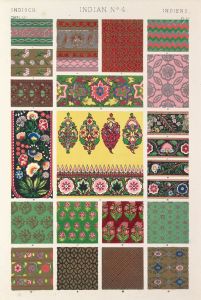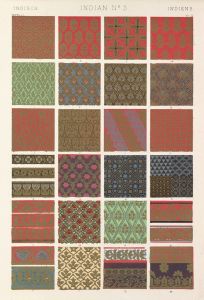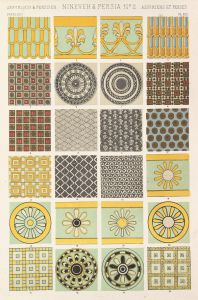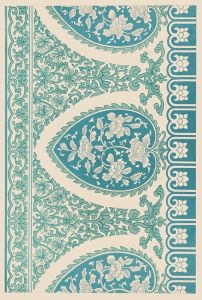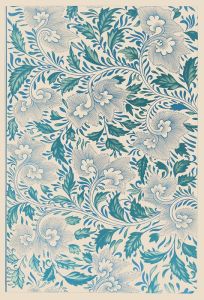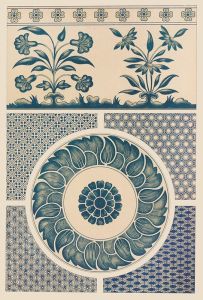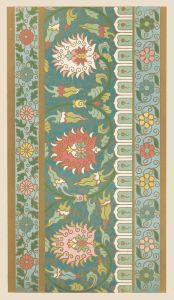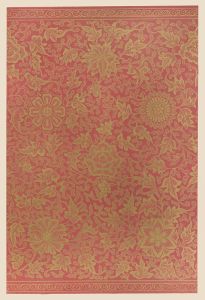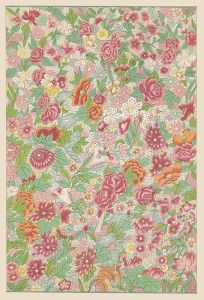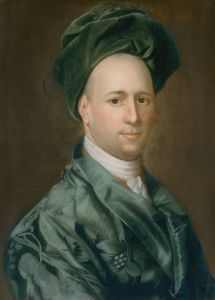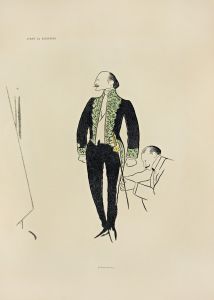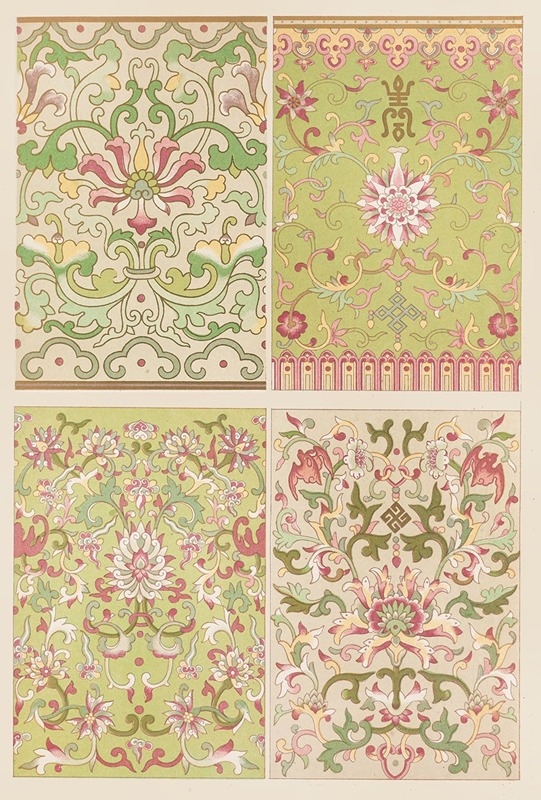
Examples of Chinese ornament, Pl.46
A hand-painted replica of Owen Jones’s masterpiece Examples of Chinese ornament, Pl.46, meticulously crafted by professional artists to capture the true essence of the original. Each piece is created with museum-quality canvas and rare mineral pigments, carefully painted by experienced artists with delicate brushstrokes and rich, layered colors to perfectly recreate the texture of the original artwork. Unlike machine-printed reproductions, this hand-painted version brings the painting to life, infused with the artist’s emotions and skill in every stroke. Whether for personal collection or home decoration, it instantly elevates the artistic atmosphere of any space.
"Examples of Chinese Ornament, Pl.46" is a work by Owen Jones, a prominent British architect and designer known for his contributions to the theory of design and his influential publication, "The Grammar of Ornament." Published in 1856, "The Grammar of Ornament" is a comprehensive collection of design patterns and motifs from various cultures around the world, intended to serve as a source of inspiration and reference for designers and architects.
Owen Jones was born in 1809 and became a key figure in the design reform movement of the 19th century. He was deeply interested in the decorative arts and traveled extensively to study the art and architecture of different cultures. His travels included visits to Egypt, Spain, and the Middle East, where he meticulously documented the decorative elements he encountered. These studies culminated in "The Grammar of Ornament," which remains a seminal work in the field of design.
Plate 46 of "The Grammar of Ornament" specifically focuses on Chinese ornamentation. During the 19th century, there was a growing fascination with Asian art and design in Europe, often referred to as "Chinoiserie." This interest was part of a broader trend of Orientalism, where Western artists and designers drew inspiration from the aesthetics of Asian cultures. Jones's work played a significant role in introducing and popularizing these motifs in Western design.
The Chinese ornaments depicted in Plate 46 are characterized by their intricate patterns and symbolic motifs. Chinese design traditionally emphasizes harmony, balance, and the use of symbolic imagery, often drawn from nature, mythology, and philosophy. Common elements include floral patterns, dragons, phoenixes, and other mythical creatures, as well as geometric shapes and interlocking designs.
Jones's depiction of Chinese ornamentation in Plate 46 reflects his appreciation for the complexity and beauty of these designs. He aimed to present them in a way that highlighted their aesthetic value and potential for adaptation in contemporary design practices. By including Chinese motifs in his book, Jones not only acknowledged the artistic achievements of Chinese culture but also encouraged Western designers to explore and incorporate these elements into their own work.
"The Grammar of Ornament" was influential in shaping the design landscape of the 19th century and beyond. It provided a systematic approach to understanding and utilizing decorative motifs from diverse cultures, promoting a more global perspective in design. Jones's work remains a valuable resource for designers, historians, and anyone interested in the history of decorative arts.
In summary, "Examples of Chinese Ornament, Pl.46" by Owen Jones is a testament to the rich tradition of Chinese decorative art and its impact on Western design. Through his meticulous documentation and presentation of these motifs, Jones contributed to a greater appreciation and understanding of Chinese ornamentation in the context of global design history.





